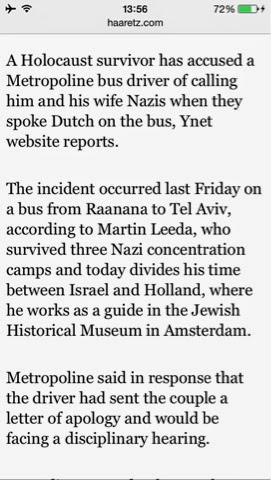We really have no opinion on this matter (except that the whole thing stinks), it is for others to decide how much smoke is permissible before they shout- fire!!!
….
Phillip Marshall, a former airplane pilot and author whose works included the 2003 novel “Lakefront Airport,” – “False Flag 911: How Bush, Cheney and the Saudis Created the Post-911 World (08)” and “The Big Bamboozle: 9/11 and the War on Terror,” a 2012 publication in which Marshall theorized it wasn’t al-Qaida but rather U.S. and Saudi government officials who orchestrated 9/11,
was found dead along with his two children in their Murphrys-area home
in California. Reports indicate all 3 died of gunshot wounds.
A possible motive for the shootings has not been determined but police reports indicated evidence that it was a murder suicide.
According to his Amazon author bio: Philip Marshall, a veteran airline captain and former government
“special activities” contract pilot, has authored three books on Top
Secret America, a group presently conducting business as the United
States Intelligence Community.
Beginning with his role in the 1980s as a
Learjet captain first as part of a Drug Enforcement Administration
(DEA) sting on Pablo Escobar, and later in the covert arming of the
Nicaraguan Contras, Marshall has studied and written 30-years worth of
covert government special activities and the revolving door of Wall
Street tricksters, media moguls, and their well funded politicians.
Marshall asserts that the Saudi government was the true executioners of
the 9/11 attack and framed their enemies while CIA special operations
set up an elaborate decoy named Osama bin Laden to divert attention away
from the Saudi operation. He follows the hijackers to flight training
airports and finds that Saudi agents led the hijackers to the Arizona
desert where Boeing 757 and Boeing 767 airliners were parked at a
secluded CIA operated airport. The operators of the CIA airport were
traced to suspicious insider stock trades on two airlines, United
Airlines and American Airlines, the only two airlines used in the 9/11
attack. Marshall breaks down the tactical flight plan that was used by
the hijackers and chronicles the actions of Condoleezza Rice, Donald
Rumsfeld, Saudi Arabian Prince Bandar bin Sultan, Dick Cheney and George
W. Bsuh to learn that their account of the attack was severely flawed.
CIA spokesman Preston Golson wrote in an email Tuesday: “We’re unaware of any information that would substantiate Mr. Marshall’s claims.”
A Facebook page for “The Big Bamboozle”
showed posts as recent as January 31 with titles like, “WHAT IS THE
INTELLIGENCE COMMUNITY HIDING?,” “THE ARAB WORLD KNOWS THE RAID WAS A
HOAX,” and posts about the Bin Laden assassination having been faked.
“PICTURES PAINT A THOUSAND WORDS,” read one such Facebook post from
Marshall about photographs of the assassinated Al Qaeda leader. “Since
bin Laden died in 2001, these would be “alleged” photos of bin Laden.
Give us a break.”
….
regards






